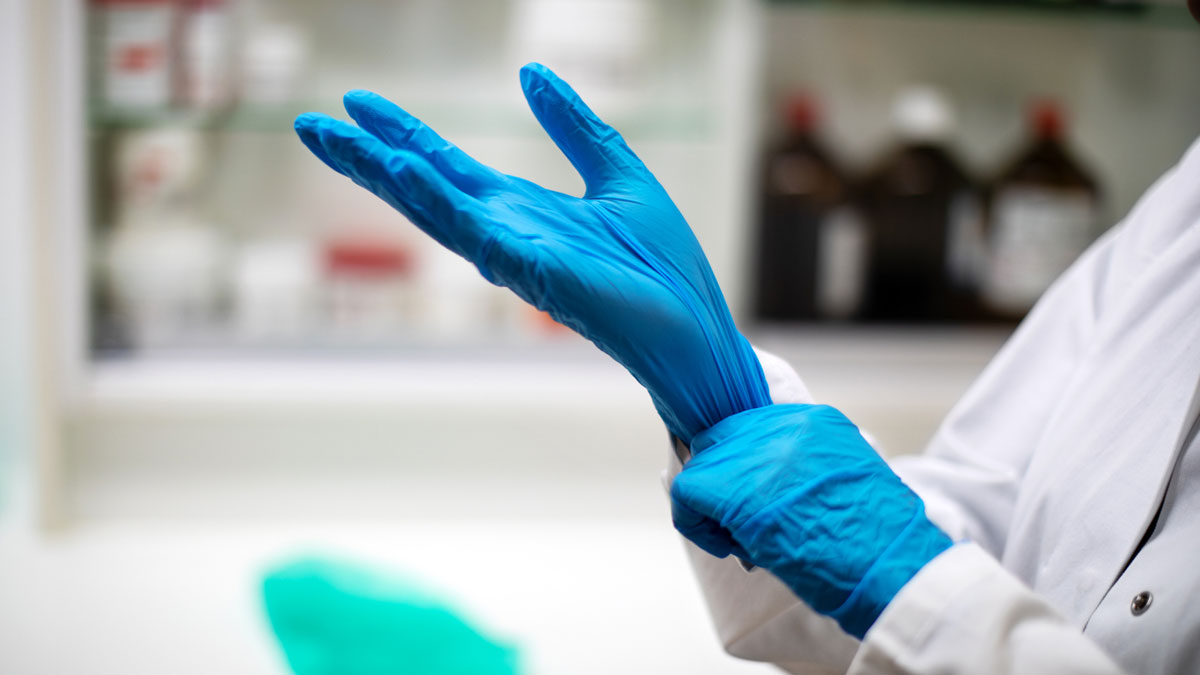CRITERION: These insurers are in rude post-pandemic health. Time for a check-up?

Picture: Getty Images
After abandoning their policies in droves during the pandemic, Australians are falling in love with their health insurers amid a wave of feel-good initiatives such as cash backs and premium increase deferrals.
According to an annual survey carried out by UBS, more consumers perceive the insurers as “value for money” for both core hospital cover and extras.
On the net promoter score that rates satisfaction between minus one and plus one, the 1110 respondents rated hospital cover at 0.15, a five percentage point increase on the previous year and the highest satisfaction level in five years.
Extras (such as dental and optical cover) rated 0.17 (one percentage point higher).
“We believe the tailwinds supporting private health insurers are more durable and persistent than market expectations,” the firm opines.
The outbreak of affection stems from the pandemic lockdown era, which prevented patients from seeking care and resulting in large surpluses for the funds.
The sector leader, Medibank Private (ASX:MPL) in June announced $125 million of cash ‘give-backs’, of between $91 and $402 per member.
Since the advent of the pandemic the fund has dispensed $1.15 billion in member support, including premium increase deferrals and more generous excesses.
The only other listed health insurer and the owner of the Nib brand, NHF Holdings (ASX:NHF) cites $181 million of support. Last month the company further extended a premium increase that was due to take effect in April 2023 to October this year.
The increase – 2.72 per cent – is also the fund’s lowest on record.
In theory, the easing of the pandemic was meant to have resulted in pent-up demand for health services and soaring claims.
But it hasn’t – so far at least. As of early May, Medibank said it expected a strong June quarter, with policyholder growth of 400,000 (2 per cent) and a modest 2.3 per cent increase in claims per policy.
In late June NHF declared its core resident book was doing well, with ancillary claims returning to normal patterns but hospital claims remaining subdued.
UBS suggests the reserves the funds created for a non-existent rash of deferred claims could become permanent – “a luxury problem for the industry.”
It’s not quite clear why patients would continue to eschew hospitals, except out of a heightened perception that they are dangerous places (which is quite true, just quietly).
The insurers are also likely to be benefiting from prosthesis reforms that mean the health system no longer must pay an arm and a limb for such items.
Still, the sector faces the longer-term dilemma of an ageing populace, with fewer healthier members around to subsidise them despite the carrot-and-stick regulatory overlay.
Unlike other insurance products, there’s a free alternative that’s far from perfect, but unlike in the US you will be treated without a full wallet biopsy.
Medibank and NHF shares have gained 15 per cent and 9 per cent year on year (respectively). In the case of Medibank, a requirement for the fund to hold an extra $250 million of capital following last year’s debilitating cyber attack has failed to dent investor (or customer) sentiment.
Both funds are in “expensive defensive” territory, trading on a price-earnings multiple of 18-20 times, based on expected earnings for the current year.
We’ll have to wait for the next ‘check-up’ – August’s full-year profit disclosures – for a further read on to whether the current rosy fortunes are sustainable or a mere blip on the charts.
Meanwhile, the funds have worked hard to diversify their revenues into what NHF dubs “the health and wellbeing ecosystem”. For NHF that has meant an ambitious expansion into the National Disability Insurance Scheme sector by snapping up providers.
This month it bought Kynd, a Tinder-style service that matches buyers and sellers of disability services.
This story does not constitute financial product advice. You should consider obtaining independent advice before making any financial decisions.
.
UNLOCK INSIGHTS
Discover the untold stories of emerging ASX stocks.
Daily news and expert analysis, it's free to subscribe.
By proceeding, you confirm you understand that we handle personal information in accordance with our Privacy Policy.








